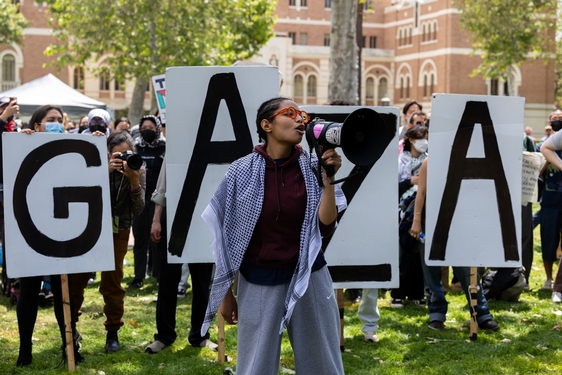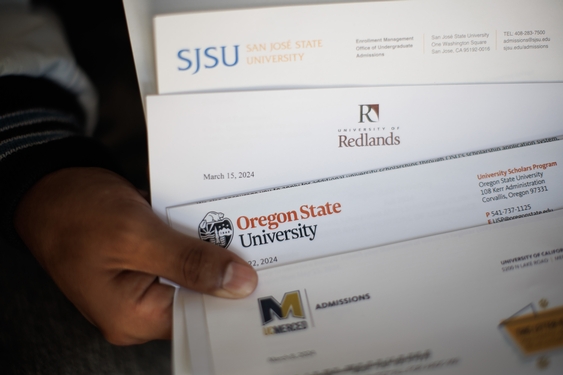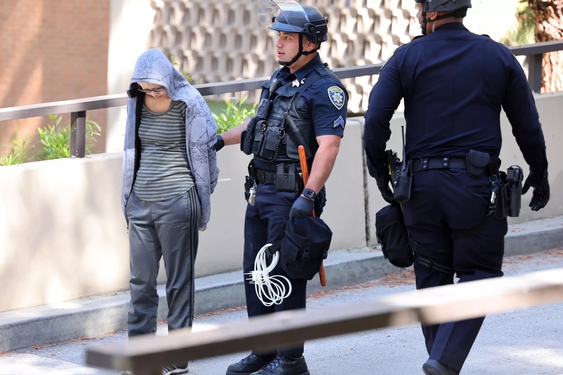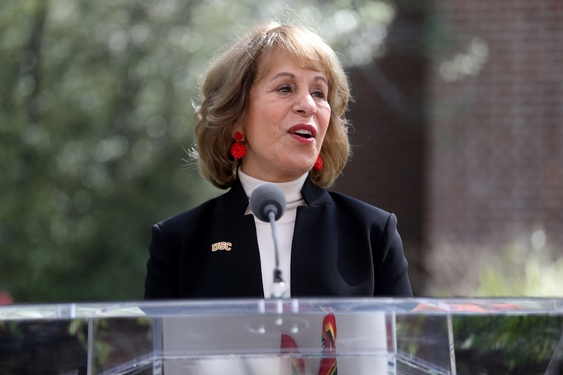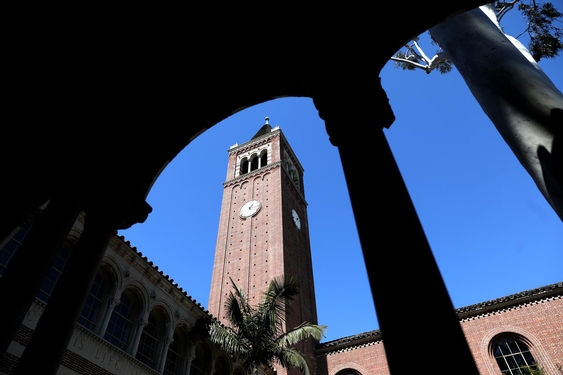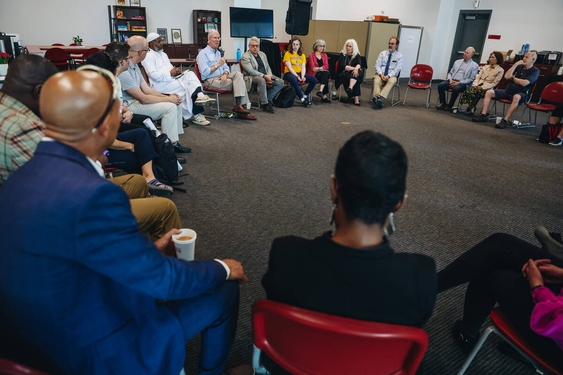For student Charles Hogan, the path to crushing debt was paved by a pizza.
Two years ago, while walking across campus early one day, he was handed a flier promising free food. All he had to do was apply for an MBNA credit card.
He got his pizza. And now he has three cards, with $6,000 worth of debt.
That puts Hogan, 23, at the center of a national debate about whether credit-card companies should be allowed to recruit on college campuses. At risk are tens of thousands of students who are increasingly falling into debt, using student loans to pay credit-card bills, taking second jobs and, in some cases, dropping out of school.
Hogan’s university’s alumni association won’t say how much money it gets from the MBNA deal. But Executive Director Tom Messina says it is less than 10 percent of the organization’s budget.
“We don’t encourage debt. I don’t ever want to make money off their debt,” Messina says.
Critics, however, argue that’s exactly what’s happening at schools across the nation, as students use plastic to buy more than they can afford.
There have been numerous national efforts targeting campus marketing. Opponents have pushed to curtail giveaways, force companies to offer financial-literacy training and make students meet the same credit requirements faced by the general population.
Such proposals have met fierce opposition from the banking lobby, which argues that students have the right to make their own choices.
Without federal guidelines, college campuses in most states have remained fertile hunting grounds. About 900 universities have enacted restrictions – but often they only limit who has access.
© 2006, The Orlando Sentinel (Fla.).
Distributed by Knight Ridder/Tribune Information Services.





